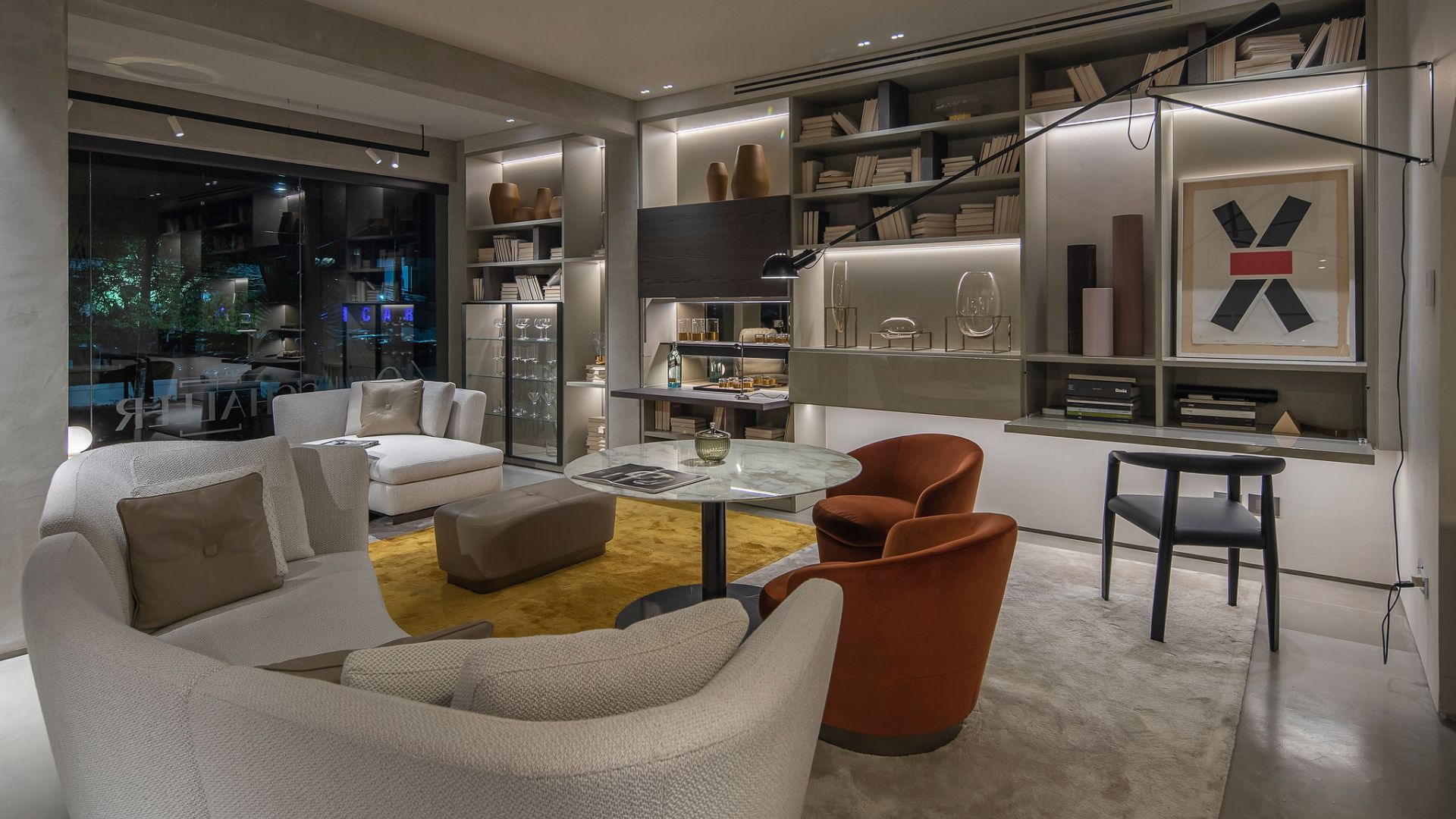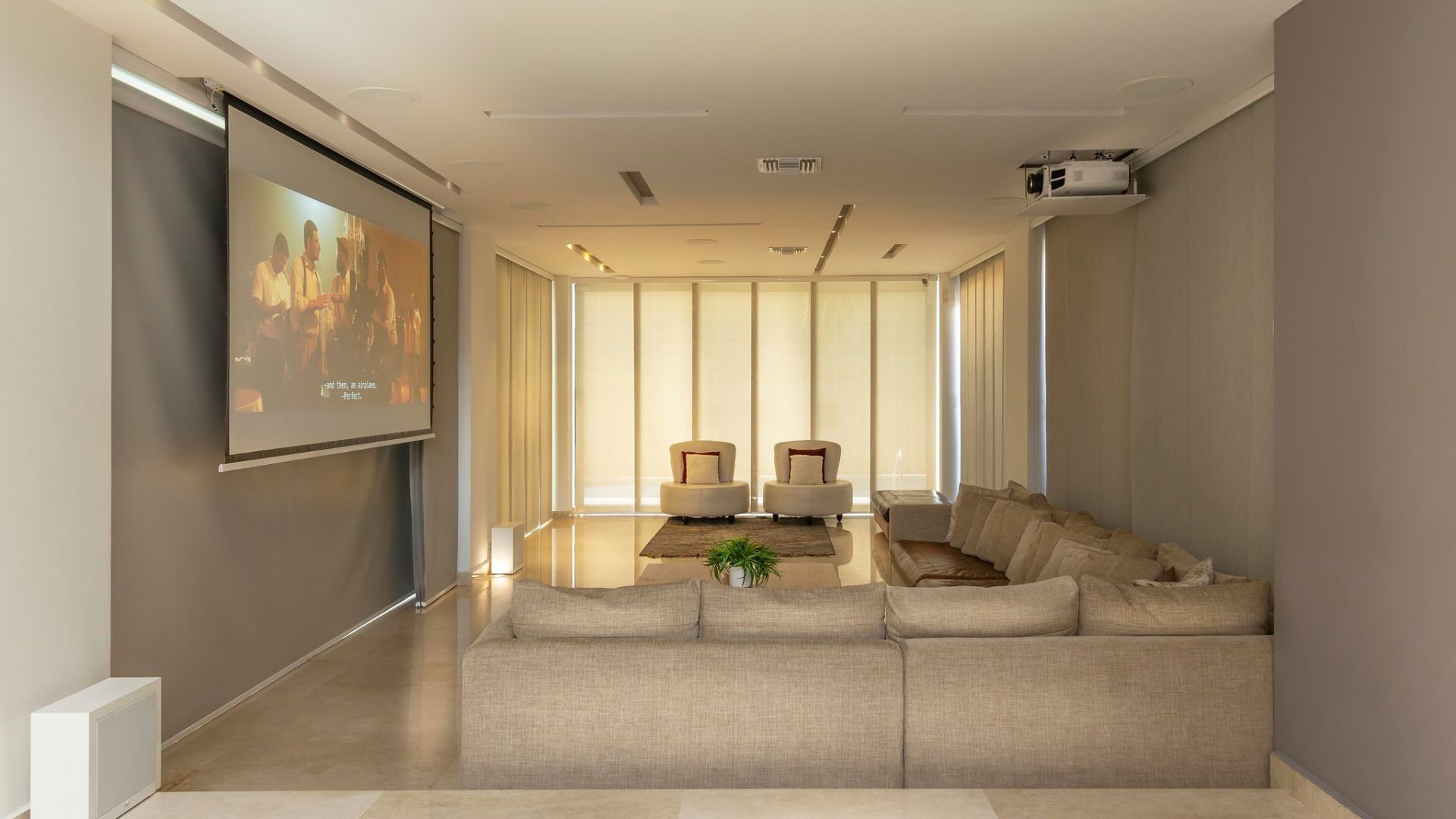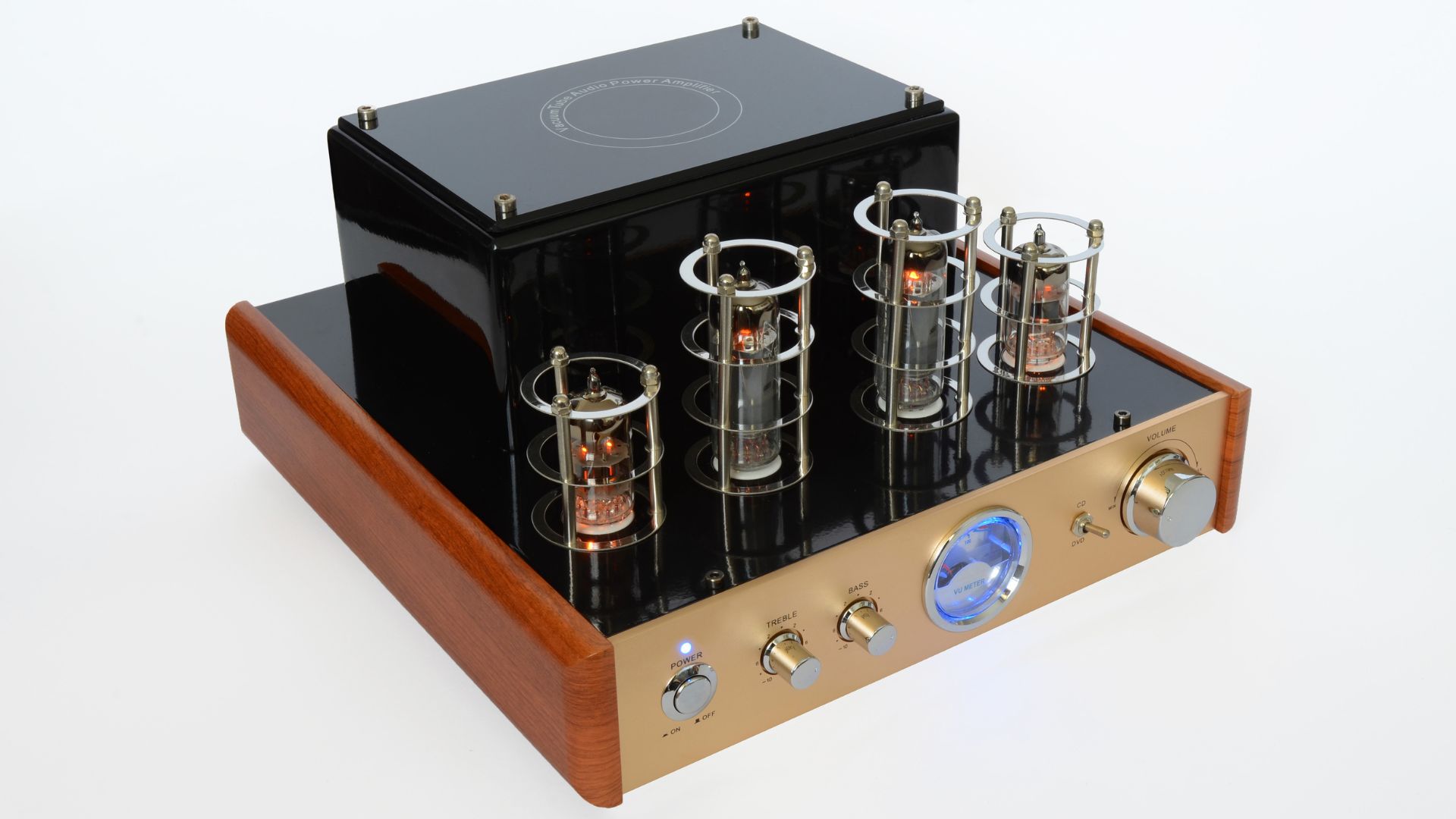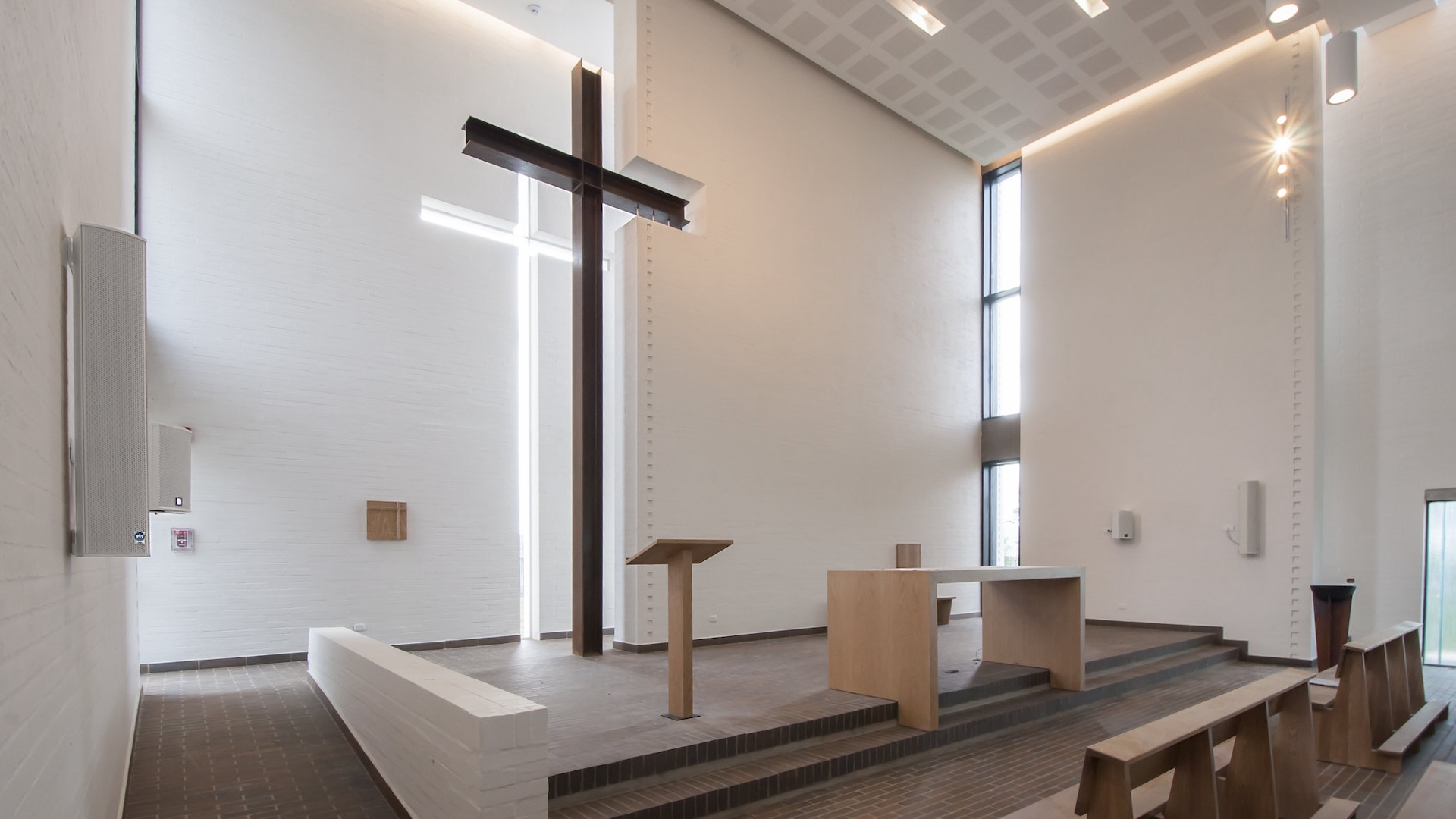Table of contents
Selecting the right amplifier can feel like navigating a maze with all the specs and features out there. At Schaller Design Lab, we’ve got the map to guide you through. Want to master the ins and outs of amplifiers? Keep reading to dive deep into the details. But if you’re looking to quickly compare hundreds of amplifiers across all use cases, complete with price and feature breakdowns, don’t miss the ultimate amplifier comparison tool, your shortcut to finding the perfect match.
What is an amplifier?
Understanding the Purpose of an Amplifier
An amplifier, at its core, is a device that takes low-power audio signals and boosts them into larger signals powerful enough to drive speakers and deliver sound. This process not only increases volume but also preserves the quality of the original sound across various frequencies. Amplifiers are pivotal in both home audio systems and professional sound setups, ensuring that music, dialogue, and effects are projected with clarity and richness.
In the realm of sound reproduction, amplifiers serve the critical function of translating musical nuances with precision and detail. Without the amplification process, listeners would never experience the full dynamic range of a live concert or the subtle layers in a studio recording. Moreover, our intricately designed audio systems at Design Lab rely heavily on high-quality amplification to deliver an immersive sound experience.
Different Types of Amplifiers
The amplifier landscape is diverse, with various types designed to suit a range of applications. Here’s a quick rundown of the most common types you’ll encounter:
- Integrated Amplifiers: These units combine a preamplifier and a power amplifier in one box, streamlining the components required for a home audio system.
- Pre-Amplifiers: Separate pre-amplifiers take the initial audio signal and prepare it for power amplification, often offering additional control over source selection and volume.
- Power Amplifiers: The muscle behind the music, power amplifiers are dedicated to boosting the pre-amplified signal enough to move speaker cones and deliver sound.
- Tube Amplifiers: Valued for their warm, rich sound, tube amplifiers use vacuum tubes to increase signal strength and create a distinct audio quality favored by audiophiles.
- Solid-State Amplifiers: Built with semiconductor components, these amplifiers provide a cleaner, more precise sound and are known for their reliability and durability.
Each type of amplifier brings its own set of characteristics to the table, making the selection process a matter of matching the amplifier to both the audio source and the listener’s preferences. In our extensive catalog at Design Lab, we cater to all these varieties, assisting our customers in finding the amplifier that not only meets their needs but also enhances their auditory experience.
Factors to consider when selecting an amplifier
Power Requirements
When we’re in the market for an amplifier, one of the crucial factors we look at is the power requirement. The power output, measured in watts, should align with what our speakers can handle. If we have speakers that can cope with high wattage, we’ll need an amp that can deliver sufficient power without distortion. Underpowering can be just as harmful as overpowering, as it causes the amp to work harder, potentially leading to distortion and damage to both the speakers and the amp. We take a look at the RMS (Root Mean Square) value rather than the peak power to gauge continuous power handling.
Compatibility with Speakers
Compatibility with our speakers is non-negotiable. Impedance (measured in ohms) and sensitivity are the two main aspects we focus on. Our amplifier and speakers should have matching impedance to ensure optimum performance and to avoid any technical issues. Generally, a lower impedance means more power is needed from the amplifier. Speaker sensitivity, expressed in decibels, indicates how loudly they can play per watt of power. Higher sensitivity speakers require less power, so we’ll make sure to match them with an amp that doesn’t supply more power than necessary, thus avoiding unnecessary strain on both the amplifier and speakers.
Desired Features and Functionality
Today’s amplifiers come with a variety of features and functionalities that cater to specific needs. We keep our ears open for features like multiple input options, Bluetooth connectivity, or built-in DAC (Digital to Analog Converters). Some amps offer tone controls, phono inputs for turntables, or even WiFi connectivity for streaming. We pinpoint what features align with our needs—whether we’re setting up a home theater system or a simple stereo setup. It’s not just about power and compatibility; it’s about choosing an amplifier that brings out the best in our music and fits seamlessly into our lifestyle.
By carefully assessing these factors, we ensure we’re equipped with an amplifier that fits seamlessly into the audio system we’re building. Our experience at Design Lab informs our choices, ensuring that every time we select an amplifier, it’s based on sound knowledge and our specific needs.
Understanding amplifier specifications
Wattage and Power Output
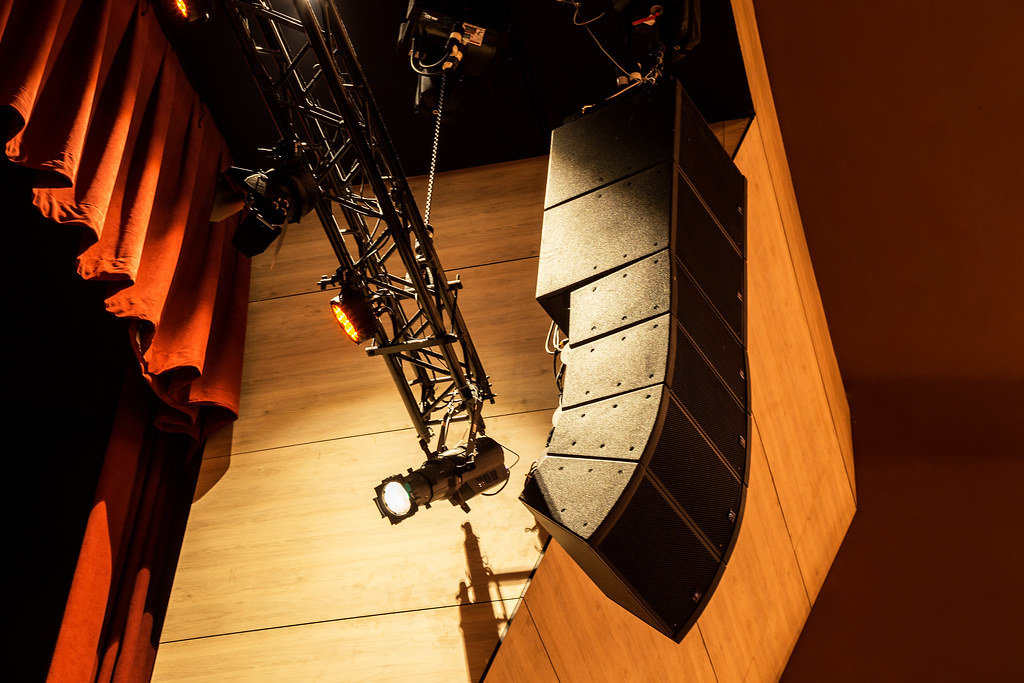
Experience the power of sound with these professional audio speakers, suspended from a theater ceiling.
When we talk about wattage, we’re referring to the power output of an amplifier, which is a key factor in driving our speakers effectively. Amplifiers come with different power ratings, typically listed as “watts per channel,” which indicates the amount of power delivered to each speaker. It’s crucial to match the amplifier’s power output with the power handling of our speakers. If we have a speaker rated at 100 watts RMS, a good rule of thumb is to select an amplifier that can provide power within 50 to 150% of that rating. This ensures we avoid underpowering or overpowering our speakers which can lead to distortion or damage.
- Look for RMS (root mean square) power ratings for accuracy.
- Consider both the minimum and maximum wattage to avoid mismatching.
Signal-to-Noise Ratio
The signal-to-noise ratio (SNR) is a critical spec that tells us how much desired signal is present compared to the background noise. Measured in decibels (dB), a higher SNR means a cleaner, more appealing sound. For instance, an SNR of 90 dB or above is excellent for a home audio system. When selecting an amplifier, we always aim for the highest SNR we can find within our budget, as this ensures the clarity of the audio signal.
- Seek an SNR of 90 dB or more for high-fidelity sound.
Total Harmonic Distortion
Total harmonic distortion (THD) measures how faithfully an amplifier reproduces the audio signal. It’s expressed as a percentage, and a lower THD means the sound is more true to the original recording. In high-quality amplifiers, we expect to see THD ratings well below 0.1%. It’s imperative for us to choose an amplifier with as low a THD rating as possible to ensure the purity of the sound we’re delivering through our speakers.
- Low THD is a hallmark of a superior amplifier.
- Ensure THD is below 0.1% for the clearest audio reproduction.
By understanding these specifications, we are better equipped to make an educated choice about the amplifier that’s right for our audio system—a choice that’ll pay off every time we listen to our favorite tunes or watch movies at home. Design Lab knows the nuances in these details can make or break the listening experience. With this knowledge, we’re one step closer to selecting an amplifier that meets not only our power needs but also our desire for impeccable sound quality.
Popular amplifier brands
When diving into the world of high-fidelity audio, certain brands stand out for their quality and reliability. In our journey through the landscape of sound amplification, we’ve encountered several names that consistently resonate with both beginners and audiophiles alike.
Marantz
Perhaps one of the most reputable names in the audio industry, Marantz is known for combining technical innovation with a passion for great sound. Their amplifiers often feature a distinctive warm sound signature, appealing to those who prioritize musicality in their listening experience. With a rich history dating back to the 1950s, Marantz amplifiers are not just pieces of equipment; they’re part of a legacy in sound.
Denon
A true competitor in the world of audio, Denon offers an impressive range of amplifiers that boast both quality and versatility. Known for their cutting-edge technologies, such as advanced connectivity options and user-friendly interfaces, Denon amplifiers are a smart choice for listeners who demand modern features along with top-notch audio performance.
Parasound
For those of us who focus on the purity of sound, Parasound stands out with high-end amplifiers that excel in delivering detailed, accurate audio. From their budget-friendly models to their premium offerings, Parasound amplifiers display a meticulous attention to circuit design, ensuring minimal distortion and a truly immersive listening experience.
Crown
Crown is synonymous with durability and power in professional audio circles. Their amplifiers are built to withstand the rigors of live performances and installations, making them a go-to for venues that require reliable sound reinforcement. Whether it’s for a concert hall or a home theater, Crown amplifiers provide robust power handling with an emphasis on consistent audio integrity.
Linea Research
For the cutting edge in amplifier technology, Linea Research stands tall with advanced DSP (Digital Signal Processing) capabilities. Linea Research amps are at the forefront of integrating smart, networked audio systems, which is essential for spaces that require complex setup configurations and precise sound control. Their products offer high power density, efficient cooling, and a software-driven approach to audio processing, positioning them as a forward-thinking choice for sophisticated audio applications.
By exploring these popular brands, we’ve uncovered a landscape of options that cater to a variety of preferences and requirements. At Design Lab, it’s our mission to keep you informed and prepared to make the right choice for your unique audio environment.
How to choose the right amplifier for your needs
Assessing Your Audio Needs

A powerful speaker set in an auditorium, a testament to the impact of sound technology.
When embarking on the journey to find the perfect amplifier, assessing your audio needs is paramount. We start by considering the environment where the amplifier will operate. Is it a cozy living room or a spacious hall? The size of the room dictates the power output necessary to fill the space with sound. Next, we examine the type of audio we enjoy. Audiophiles with a penchant for vinyl will require an amplifier with a phono input, whereas home theater enthusiasts should look for models with multiple HDMI inputs. Finally, the speakers you currently own or plan to purchase will influence the choice. Compatibility in terms of power handling and impedance levels is crucial to achieve the best sound quality.
Researching and Comparing Options
After defining our needs, it’s time to delve into research. We compare amplifiers from the brands we’ve previously mentioned – Marantz, Denon, Parasound, Crown, and Linea Research. Each brand brings unique features and sound qualities to the table, necessitating a thorough comparison. Design Lab recommends looking into user reviews and professional ratings to gauge reliability and satisfaction. Technical specifications are examined side by side. Power output, distortion levels, frequency response, and connectivity options are just a few metrics we scrutinize. We also consider the future-proofing aspect of the technology – it’s wise to invest in an amplifier that can adapt to evolving audio formats and standards.
Seeking Expert Advice
Even with extensive research, seeking expert advice can be invaluable. Here at Design Lab, we encourage reaching out to seasoned audiophiles or professionals in the industry. These experts are well-versed in matching amplifiers with specific audio systems and preferences. Their insights can be the difference between a good and an outstanding audio experience. Moreover, experts often have access to or know of upcoming products that might fit our requirements even better. Their guidance ensures that we make an informed decision, taking into account not just our current needs but also those we may develop in the future.
Conclusion
We’ve armed you with the essentials for navigating the amplifier landscape. Remember, taking the time to evaluate your audio requirements and matching them with the right amplifier will elevate your listening experience. Trust in the process of comparison and lean on expert opinions when you can. With the right amplifier powering your system, every note will hit home with the clarity and depth it deserves. Happy listening!
Frequently Asked Questions
How do I choose the right amplifier for my audio system?
To choose the right amplifier, consider the size of your room, the type of audio you like, and ensure compatibility with your speakers. Look for amplifiers that match your power requirements and listening preferences.
What factors should I consider when comparing amplifiers?
When comparing amplifiers, consider user reviews, technical specifications like power output and harmonic distortion, and features that could future-proof your system, such as wireless connectivity and multi-room support.
Which amplifier brands should I look into?
You should research popular brands such as Marantz, Denon, Parasound, Crown, and Linea Research, which are known for their quality and reliability in the audio equipment industry.
Is it essential to seek expert advice before purchasing an amplifier?
Yes, seeking expert advice is crucial because it can provide personalized recommendations based on your specific audio needs and preferences, ensuring you make an informed purchase.
Can the size of the room affect the amplifier I choose?
Absolutely, the size of the room can significantly impact the power and type of amplifier you’ll need, as larger spaces require more power to fill them with sound adequately.
Our Portfolio
Table of contents



